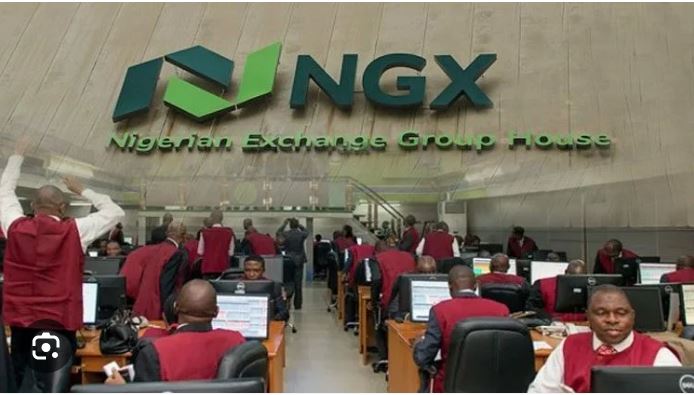Energy analysts and investors, who are hard put on figuring out oil markets this year, are blaming algorithmic traders for the seeming illogical moves in prices, reports, New York-based Wall Street Journal (WSJ).
On various days over the first six months of 2017, even amid signs of tightening supply, oil prices fell sharply, eventually sinking into bear market territory.
Such moves has confounded longtime watchers of oil, who said that based on the fundamental information, prices should have been rising.
Oil investors, who make bets relying on data like production and demand, say that such forces are no longer always driving crude. They argue that programme trading is distorting the market, often causing shallow price drops to snowball.
While some observers attributed the move to investor expectations for deeper cuts from OPEC, others said the drop steepened as algorithms
hopped on the trend. To fundamental oil investors, it was an example of how algorithmic trading and technical signs have been influencing commodities like never before.
Saudi Arabia energy minister Khalid al-Falih was among those who pointed to technical trading for causing the May 25 selloff to intensify.
“For many people, it was time to sell,” he said in an interview after the May 25 OPEC meeting. “Once you broke some of the technical barriers,” that also had an impact, he said.
Although automated trading has swept stock and bond markets for years, it has only recently accounted for the majority of trades in energy.
Automated trading in energy-related contracts accounted for 58 percent of volume in the period from 2014 to 2016, compared with 47 percent from
2012 to 2014, a March study by the Commodity Futures Trading Commission shows.
Weekly data releases on U.S. crude storage are still a significant factor in market movement, but price swings have been magnified by programmed-trading, analysts say.
Also read: Citigroup analyst sees oil selling at $60 per barrel by year-end
On March 8 and 9, analysts say algorithms kicked in after data showed record-high inventory levels. Oil slid that day below $50 a barrel for
the first time this year.
“An increasing number of market participants are being swayed more by the headlines than by counting physical barrels,” said Michael Tran,
director of energy strategy at RBC Capital Markets. “A lot of this has been driven by algos and quants.”
Strategies vary greatly among funds, making the impact of algorithms and automation difficult to quantify. The complexity of algorithms also make them an easy and misguided target for blame, said Michael Pomada, chief executive of Crabel Capital Management, a hedge fund with $2.2 billion in assets and $700 million in trend-following strategies.
Algorithms often have intricate and opaque methodology. They tend to follow set rules on when to buy and sell, using signals such as moving
averages and volatility to identify trends. But traders may combine mathematical models and human discretion to place bets on price moves
ranging from within one day to several months.
Although both human traders and algorithms use automation to execute orders, the rising level of automated trades is one benchmark that reflects the growing influence and speed of computers in oil trading.
Computerized trading is also taking over other commodities. According to the CFTC report, the share of automated trading in agriculture rose to
49 percent between 2014 and 2016 from 38 percent between 2012 and 2014, and to 54 percent from 47 percent in metals over the same periods.
But crude has been particularly vulnerable to big swings this year as traders try to gauge the impact of OPEC cuts amid a global oil gut. Meanwhile, momentum traders who use algorithms have grasped for market trends, said Peter Hahn, of Bridgeton Research Group, a quantitative
research firm.
Oil is “in a transitioning period,” Mr. Hahn said. In that kind of market, “momentum-based algorithms are more likely to be whipped into
and out of long and short positions.”
Money is also pouring into some algorithmic strategies. In 2016, investors pumped $25.5 billion of new money into commodity trading advisors, or CTAs—many of which use algorithms to follow trends in the futures market—according to data provider Preqin. CTAs attracted another $7.2 billion of new investor cash in the first quarter of this year, bringing total assets to $256 billion.
Funds that use trend-following strategies say it’s unlikely their models have been disrupting the market. Traditional funds that don’t
specialize in systematic trading or commodities can also be trend followers.
“There can be a lot of momentum players out there of all different types,“ said Christopher Reeve, director of product management at Aspect Capital, a CTA that uses trend-following strategies and manages more than $6 billion. “We would see very quickly if we were having too high of a market impact.”
Goldman Sachs said CTAs can create trading opportunities.
“Fundamental traders shouldn’t be afraid of the CTAs, but rather them as creating opportunities when they push markets away from fundamentals,” the firm wrote in a commodities research report from June 29.
Even traders that take positions based on fundamental signs are building models to predict how trend-followers can move oil, said Anthony Caruso, head of quantitative and macro strategies at Mesirow Advanced Strategies, a fund of hedge funds.
“They know that trend-followers are kind of the elephant in the room,” he said.











